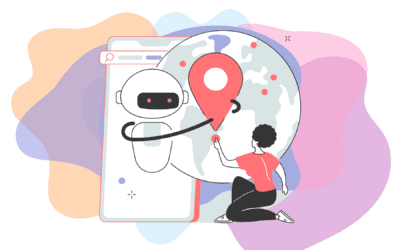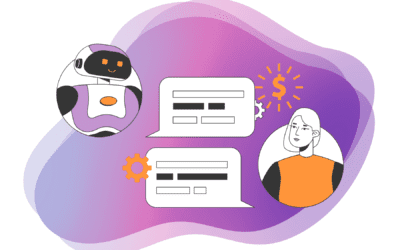

With regulations like the CCPA, ePR, and GDPR, governments have put more focus on consumer privacy. These regulations force brands to be transparent with consumers. Brands can now be penalized for failure to give proper notice of cookies on their sites. They must also provide them with background knowledge on what information is being collected, where it’s being shared, and a way to opt-out at any time.
Retention is key for business, and zero-party data unlocks new avenues for retaining customers by maintaining a high level of personalized customer service. A recent study by Accenture Interactive found that 30% of consumers feel that a brand has become “too personal,” and among them, 69% would stop doing business with a brand they feel has crossed the line. These insights are the results of brands collecting third-party, second-party, and first-party data.
What Is Zero-Party Data?
According to a Forrester report on zero-party data, “While first-party data is rich with behavioral data and implied interest, zero-party provides explicit interest and preferences — and you must use it to improve the value you provide to consumers. Firms collect first-party data through interactions with customers. This differs from zero-party data, which consumers give you in exchange for benefits from your firm.”
For example, if a customer chooses from a list of beers on a concession menu, that would be first-party data since the customer is interacting with the pre-assigned choices. Zero-party data would be a customer asking for the beer they are most interested in drinking. The second data source is not influenced by assumptions by the brand.
Zero-Party Data In Practice
Zero-party data can be collected using customer surveys, questionnaires, email opt-ins, competitions, in-app preferences, social media stories, etc. It consists of, but is not limited to, data points like preference data, purchase intentions, or personal context.
Online retailers, like this brand, use newsletter subscriptions or email opt-ins to retain zero-party data from customers. Visitors actively engage with the platform by signing up for their newsletter. This allows the brand to better understand their target audience, boost their engagement, and increase the e-commerce store’s revenue long term.
It is up to the brand to create custom and personalized experiences for consumers while respecting their privacy. Consumers have a right to know what can be expected when providing personal information and the right to control it. That’s where the concept of zero-party data comes into play.
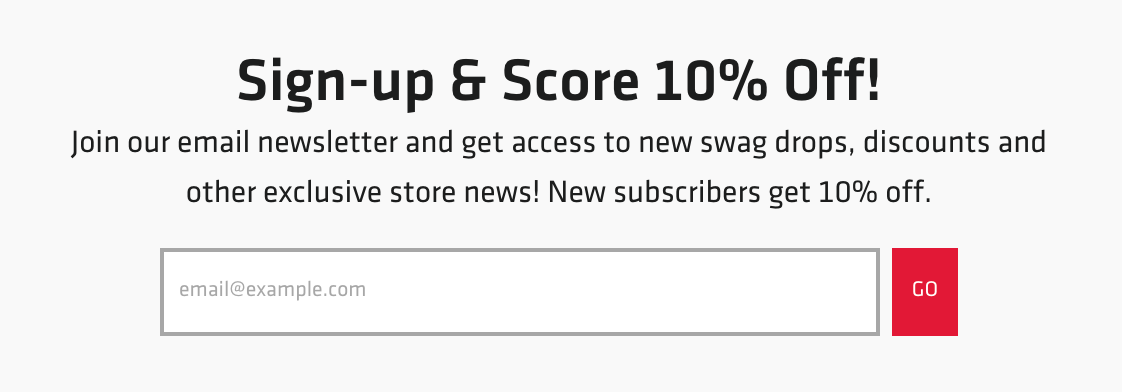
Conversational AI companies, like Satisfi Labs, are able to collect zero-party data with another form of “give and take”. Customers freely ask questions (data) in return for access to accurate and specific information. The Interactive Answer Engines created by Satisfi Labs enable brands to collect zero-party data from customers via conversational inquiries directly through webchat, messaging apps, or voice channels. For example, shortly after Ripley’s Aquarium launched a virtual assistant on their website, they noticed visitors asking about resident discounts. Ripley’s was able to identify and respond to this insight quickly and introduce a newly created discount specifically for Tennessee residents, as well as communicate the new option to future interested guests immediately.
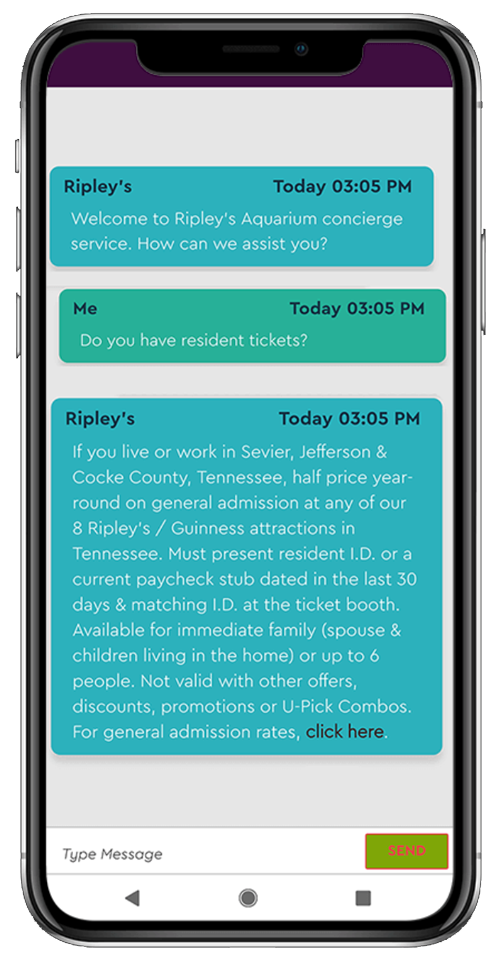
Expanding On Zero-Party Data Collection
The benefit of zero-party data is that customers are now in control, and so the challenge for brands is in their ability to expand their collection of this data. One way this data acquisition will expand is by allowing customers to subscribe to alerts about specific information updates or future answers. Satisfi Labs recently introduced an answer notification concept to allow customers to request alerts when new COVID-related information was available for a brand. By allowing customers to tell brands exactly what they want to know, the brand can provide personalized messaging on their terms.
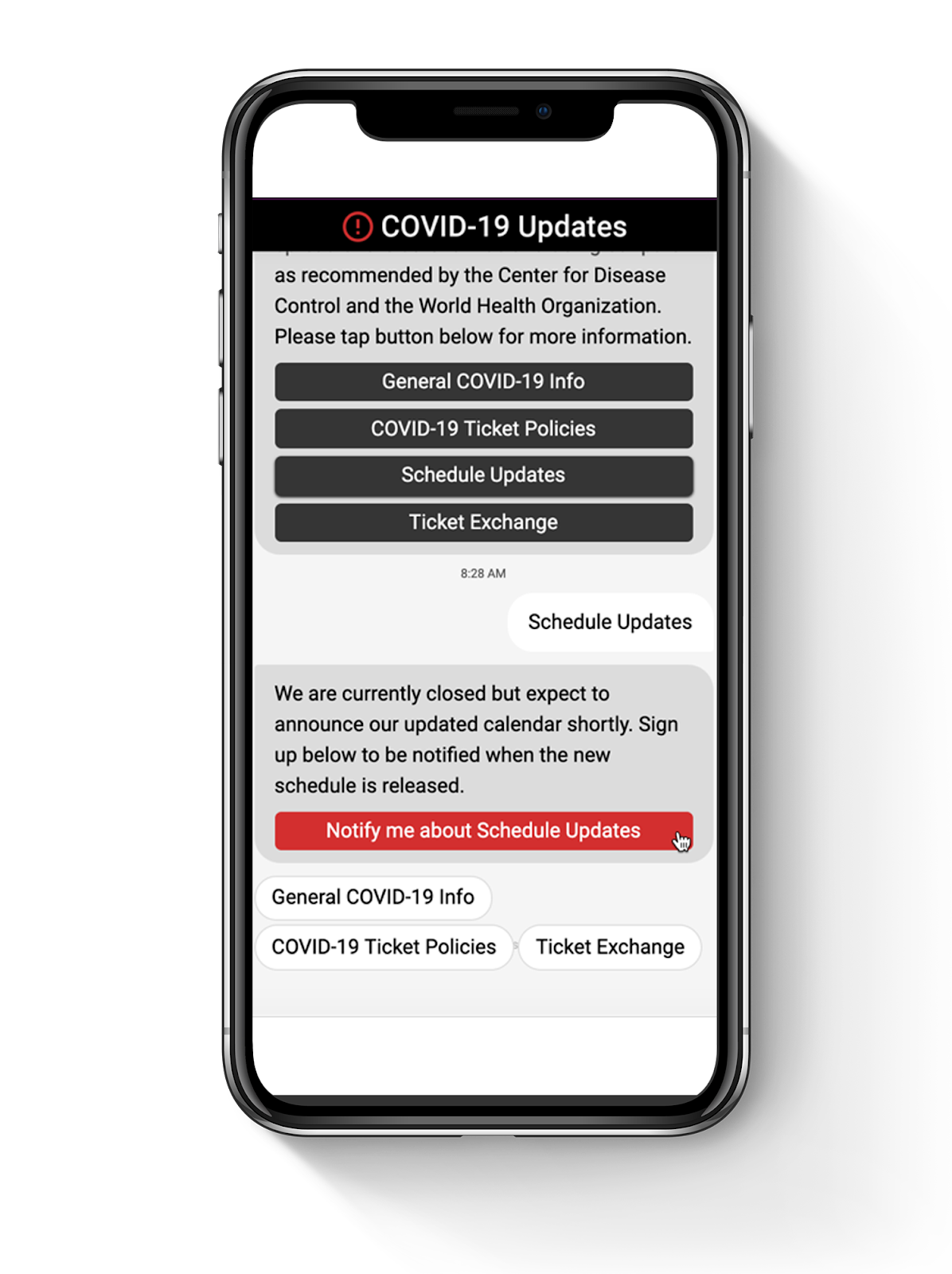
With this new roadmap, brands have the opportunity to meet and even exceed customer expectations while making their need for privacy and security a priority.

